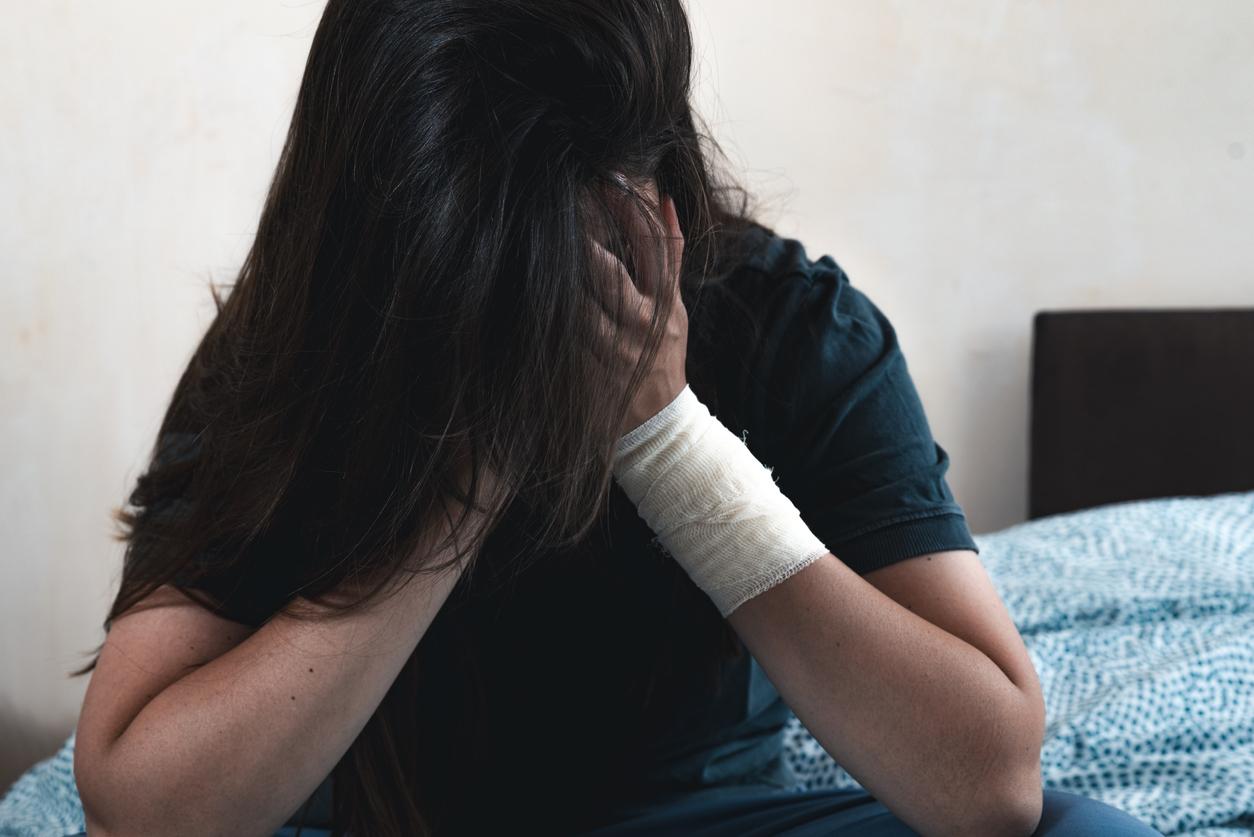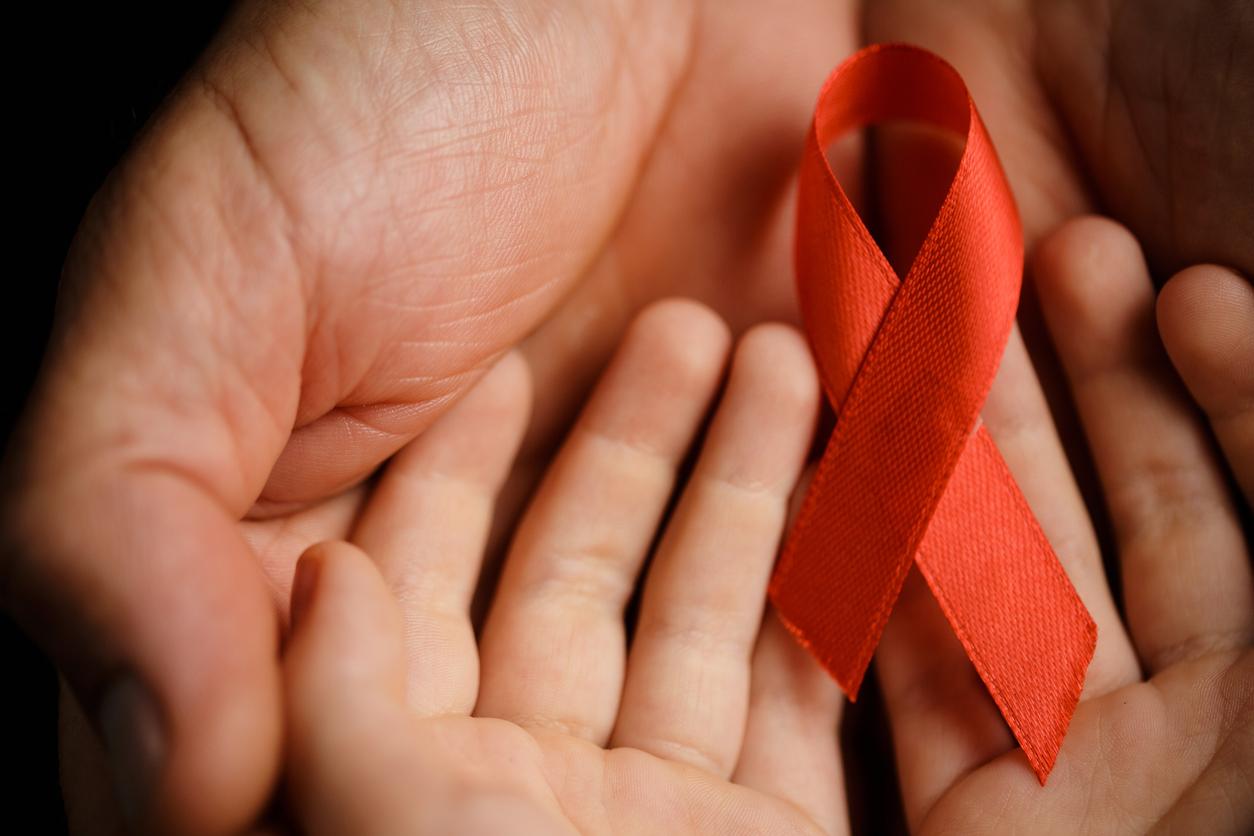In France, more and more young girls are hospitalized because of self-harm.

- In 2022, 75,803 people aged 10 or over, including 64% women, were hospitalized for a self-inflicted act (suicide attempt or self-mutilation).
- Sudden increases have been observed in this area among French girls and young women.
- “The rates of hospitalizations for self-inflicted acts are characterized by a very marked social gradient,” also specifies the DREES.
In 2022, the sharp increase in hospitalizations for “self-inflicted gesture” among young French girls is confirmed, according to a new study by the DREES.
“The DREES publishes updated data on hospitalizations linked to suicide attempts and self-mutilation”, explains the institution in a press release.
In 2022, 75,803 people aged 10 or over were hospitalized for a self-inflicted act (suicide attempt or self-mutilation).
Self-harm and hospitalizations: +63% of girls affected between 2021 and 2022
Sudden increases are observed among girls and young women over the periods 2015-2019 and 2021-2022:
· +63% of girls aged 10 to 14 affected between 2021 and 2022 and the five years before the crisis;
· +42% of adolescent girls aged 15 to 19;
· +32% of young women aged 20 to 24.
At the same time, patient populations in other population categories tend to decrease or remain stable.
Self-mutilation and hospitalizations: “a very marked social gradient”
“Based on figures covering the years 2015 to 2017, the latest ONS report also reveals that the rates of hospitalizations for self-inflicted acts are characterized by a very marked social gradient,” also specifies the DREES. “They are in fact higher among the most modest and lower among the wealthiest,” add the experts.
Between the ages of 15 and 19, where a first peak in hospitalizations for these procedures is identified among adolescent girls, the rate of hospitalized patients is almost twice as high among the lowest quarter of living standards as in the highest quarter. Women aged 45 to 49, affected by a second peak in hospitalizations for self-inflicted acts, are also more affected when they have a more modest standard of living (3.5 times more in a quarter of the population less well-off than in the most well-off quarter).
“Among men, the highest rates are reached between 45 and 49 years of age, particularly among those belonging to the lowest quarter of living standards, who have rates of hospitalization for self-inflicted acts five times higher than those of the quarter the easiest”we can also read in the report.
Following the national day dedicated to suicide prevention on February 5, the National Suicide Observatory (ONS), led by the DREES, also concludes that there is “interpretation precautions to be taken when analyzing the statistics tracing the evolution of deaths by suicide since 2018. These are mainly explained by an improvement in the collection of information”.
















